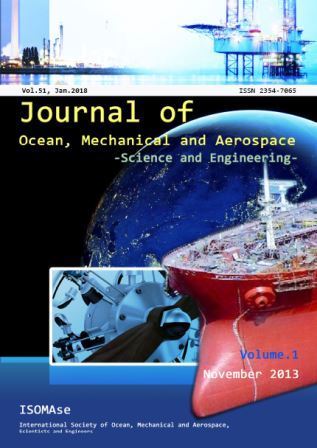Hydroxyapatite Bilayers Coating on Screw Implant Ti6Al4V ELI with Electrophoretic Deposition Method for Improving Osseointegration
Abstract
Utilization of an alloy titanium (particularly Ti6Al4V), as fracture fixation in biomedical application has restriction because of will associate with osseointegration failure. An effort to titanium coating by hydroxyapatite monolayer still has poor mechanical properties and may lead to implantation failure. Hydroxyapatite bilayers coating aims to protect releasing hazardous ions from implant to the body and improving the osseointegration at the same time. In this research, nanoparticle hydroxyapatite (first layers) and microparticle hydroxyapatite (second layers) were used as coating materials on implant prototype of Ti6Al4V ELI screws. The coating was carried out by electrophoretic deposition (EPD) method used different voltage (2 and 3 volt) for deposition time of 2 and 3 minutes for forming first layers. The process was then continuing for making second layer at 5 and 10 volt for 2 and 5 minutes. In order to intensify of coatings, hydroxyapatite bilayers-coated titanium was air-dried overnight and then sintered at 700oC for 1 hour. The coating layers were characterized by optical microscope, Scanning Electron Microscope (SEM) and thickness gauge series tester. Result of the study show that nanoparticle hydroxyapatite layers are more uniform, thin, dense than microparticle hydroxyapatite layer. Moreover, the second layer shows less adhesion. The obtained voltage and deposition time for best bilayers coating characteristic are 2 volt/3 minutes for nanoparticles hydroxyapatite and 5volt/5minutes for microparticles hydroxyapatite. By approximately 71%-100% surface coverage and 56 µm thickness of bilayers coating, that parameters can be considered to improve osseointegration
















